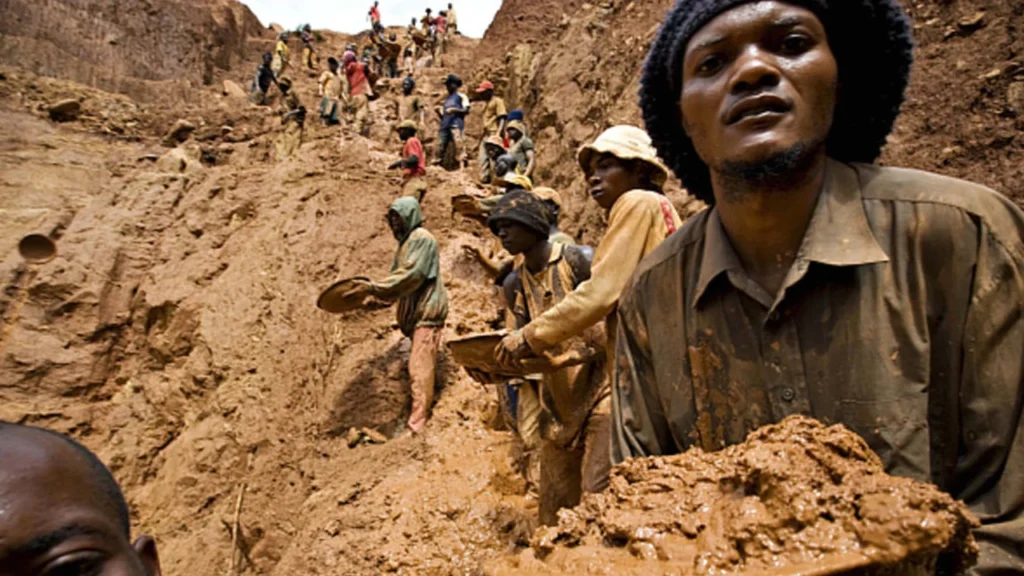
The term “Gold Mountain” in Congo often evokes images of vast, untapped riches hidden beneath the earth’s surface. While not a literal mountain of gold, the phrase symbolizes the immense mineral wealth found in the Democratic Republic of the Congo (DRC), particularly in its eastern and central regions. Among these riches, gold plays a crucial role in both the economy and the challenges faced by local communities.
1. Geographical Hotspots – Where Gold is Abundant
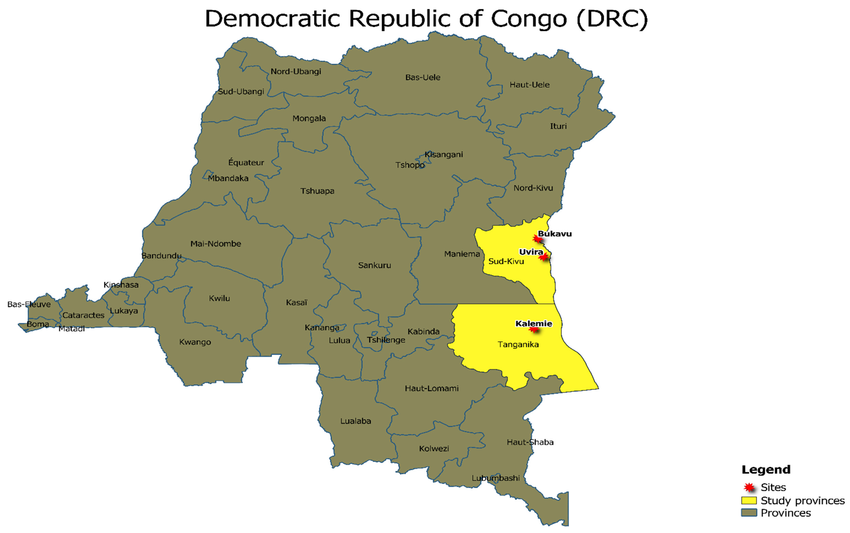
Gold in the DRC is primarily found in the northeastern part of the country, especially in the Ituri and Kivu provinces. These areas are part of the African Rift system and the Central African gold belt, which stretches from Tanzania through Uganda and into the DRC.
2. Artisanal Gold Mining – A Lifeline for Many
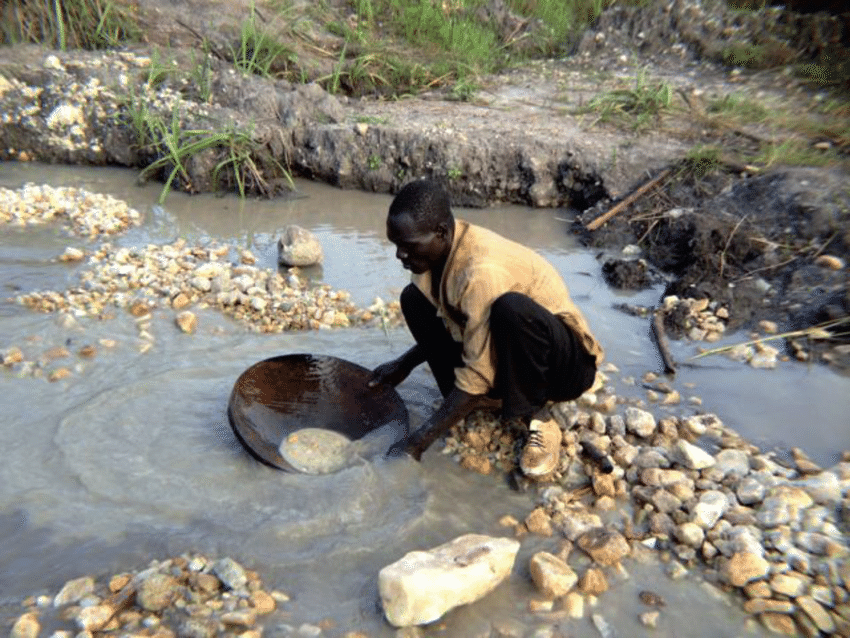
Artisanal mining is widespread in the DRC, with thousands of small-scale miners working independently or in informal cooperatives. For many, gold mining is a daily survival mechanism, despite the lack of regulation and safety measures.
3. Industrial Gold Projects – Attracting Foreign Investment
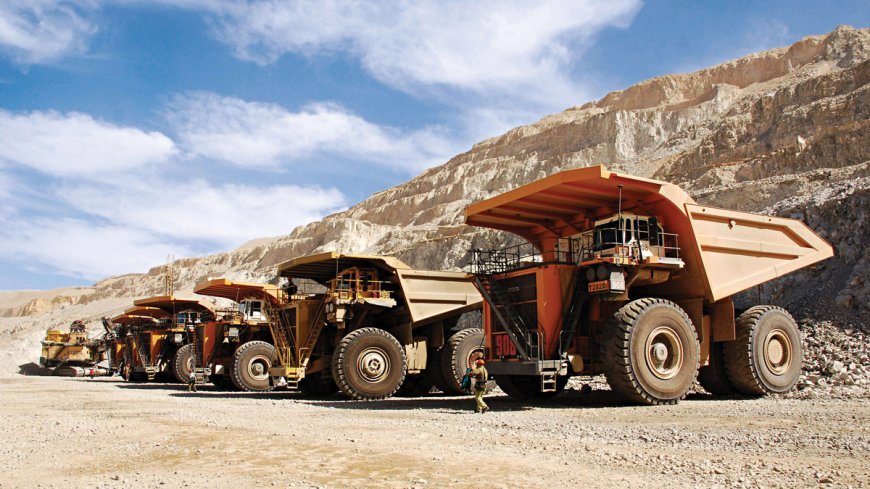
While artisanal mining dominates production, industrial-scale gold projects are growing. Companies like B2Gold and former operators such as Banro have invested in major gold projects, particularly in the Ituri region, aiming to boost formal exports and economic development.
4. Environmental and Social Challenges – The Cost of Extraction
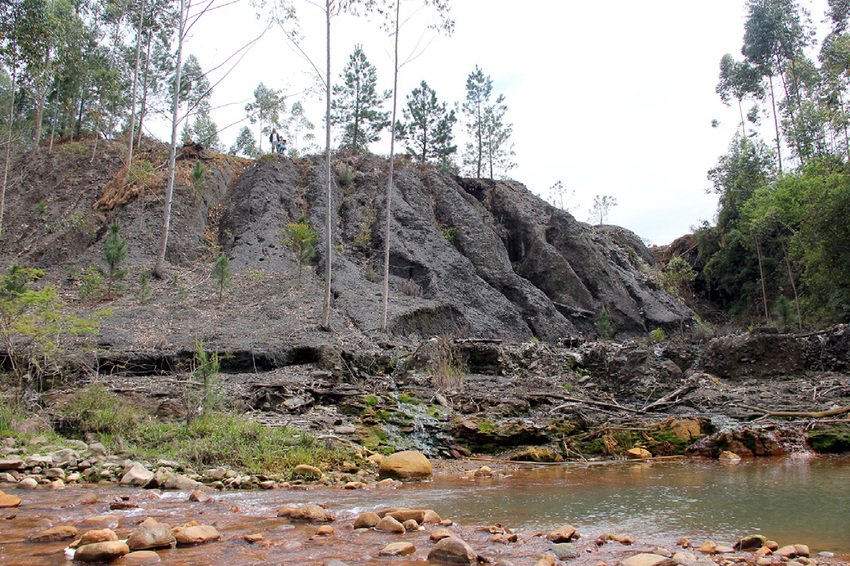
Gold mining, especially unregulated artisanal operations, has led to environmental degradation, including deforestation, water contamination, and soil erosion. These impacts threaten ecosystems and the livelihoods of nearby communities.
5. Conflict and Regulation – Navigating Political Tensions

Gold mining in eastern DRC has been linked to armed groups who often control or tax mining activities illegally. This connection has led to international scrutiny, with efforts to trace and certify gold to prevent it from funding conflict.
FAQs
Q: Is there a literal “Gold Mountain” in the DRC?
A: No, “Gold Mountain” is a metaphor used to describe the rich gold deposits found across certain regions of the DRC, particularly in Ituri and Kivu provinces.
Q: How much gold does the DRC produce annually?
A: Estimates suggest the DRC produces between 10 to 20 tonnes of gold per year, though much of this comes from unregulated artisanal sources.
Q: Is gold from the DRC considered conflict-free?
A: Not always. Due to the involvement of armed groups in some mining areas, sourcing gold from eastern DRC requires careful due diligence to ensure it is ethically produced.
Conclusion
While there is no literal gold mountain in the DRC, the country’s vast gold reserves represent a significant economic opportunity. However, the sector faces complex challenges including environmental impact, governance issues, and links to regional conflict. As regulatory frameworks evolve, the future of gold mining in the DRC hinges on sustainable and responsible practices.

